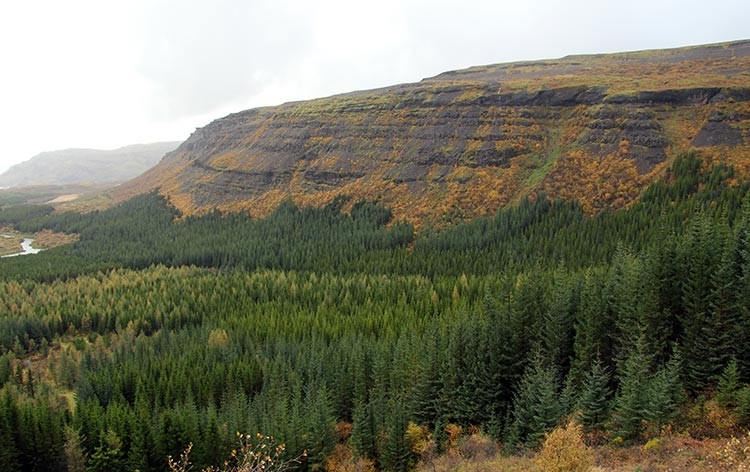
People don’t generally associate Iceland with trees, much less forests. In fact, a casual visitor might dispute the notion that there are any trees or forests to speak of on this rocky island in the North Atlantic. The first impression can be a shock, especially to someone arriving from the wooded hills of New England. The road from the international airport to Iceland’s capital, Reykjavik, leads through dark gray, barren lava fields that stretch as far as the eye can see.
For anyone even remotely interested in natural history, though, the shock soon gives way to fascination with the real-life geological processes that can be observed in Iceland’s exotic looking landscapes. Where else can you see boiling mud pots, active volcanoes, and glaciers (some covering the volcanoes), all within a short drive?
Iceland’s lively geologic makeup, and indeed the island’s very existence, is due to its position on the Mid-Atlantic Ridge, where the North American and Eurasian tectonic plates are moving apart ever so slowly – on average about three-quarters of an inch per year. Though much of the ridge is 6,500-10,000 feet below sea level, the eruptive material has accumulated to form an island roughly the size of Kentucky, making Iceland one of only two places on earth where an ocean ridge can be observed on dry land – the other being the Great Rift Valley of East Africa.
Doubtless the most fascinating place to see Iceland’s Rift Valley is Thingvellir, incidentally a site of immense historical importance for Iceland – it is here that the first Althing (parliamentary assembly) convened in 930 AD. The site is truly captivating in its otherworldly beauty – a wide valley, its stark topography carved into dark volcanic stone formations by craggy fissure lines and the sparkling waters of Lake Thingvallavatn in the basin’s lower, southern portion.
On my most recent visit this May, though, another feature of the site caught my eye: several stands of dark conifers were scattered along the western edge of the plain. They had clearly been there on my earlier visits (I learned from an Iceland Forest Service publication that coniferous species had been planted there in 1899 and again in the 1960s and 1970s), but this was the first time my eyes were primed for trees.
A plantation, of course, says nothing about the presence of forests as a part of the natural landscape. However, the fact that the trees in these stands were planted over 100 years ago disproves two common misperceptions about the Icelandic landscape: that there are no forests because trees cannot grow in the thin volcanic soils and that the climate is too harsh. While the soils are indeed thin and volcanic, there is enough soil and forest to justify the existence of a Soil Conservation Service, a Forest Service, a Forest Owners’ Association, and a system of National Forests. And while it is true that Iceland is situated just below the Arctic Circle, its climate is moderated by the Gulf Stream and winter temperatures there are no colder than in New York City – and certainly considerably warmer than at any other location at the same latitude.
From Forest Cover to a Treeless Land
As exotic as Iceland can look to someone used to the (re)forested landscapes of New England, there are parallels in the underlying processes that have shaped the two regions. The sheep that dot Iceland’s hillsides today are a reminder of New England’s past. Iceland has an estimated one million sheep, compared to a human population of 320,000 – more than twice the ratio in Vermont even during the height of its sheep boom in 1880. Knowing that forest cover in northern New England dropped by about 75 percent within two centuries of European settlement, it is not all that surprising to learn that there were once forests in Iceland and that their disappearance came in the wake of the island’s settlement by humans – mostly Vikings from western Norway in the late ninth century AD.
Based on fossil evidence, charcoal remains, place names, and climate models, estimates are that 25-40 percent of Iceland’s land area was forested before a human population took hold. The Vikings, like the European settlers in New England, needed wood for shelter and fuel, including charcoal to smelt iron and make iron tools. The woods encountered, and cut down, by the Viking settlers consisted primarily of downy birch (Betula pubescens), with a smattering of tea leaved willow (Salix phylicifolia) and rowan (Sorbus aucuparia), and in some rare cases, aspen (Populus tremula).
This low diversity is a result of repeated glaciations – fossil evidence indicates that in the mid-to-late Tertiary (5-15 million years ago), Iceland’s forests also included genera such as Sequoia, Magnolia, Sassafras, Fagus, and Glyptostrobus, a small genus of coniferous trees. The seed source for these species was Greenland, which was connected to Iceland until about 30 million years ago. By the onset of the Pleistocene glaciations, the species mix indicates that Iceland had a boreal climate and probably looked much like New England at that time, its landscape dominated by coniferous genera such as Pinus, Picea, Abies, and Larix, complemented by Betula and Alnus. The only forest-forming tree species to reestablish itself after the various glacial periods was downy birch, which is still the predominant tree species today.
Today’s Take on Forest Management
To help me understand what I was seeing during my recent visit, I met with Úlfur Óskarsson of Iceland’s Agricultural University at the Hveragerdi campus, an hour’s drive east of Reykjavik. Even from the access road to the campus, I could see some trees that were clearly not downy birch: a lone black cottonwood (Populus trichocarpa), an unfamiliar-looking larch, and clumps of different kinds of spruce, which on closer inspection turned out to be white spruce (Picea glauca), Engelmann spruce (Picea engelmanii), and Sitka spruce (Picea sitchensis).
None of these species is native to Iceland. Óskarsson explained that an exotic tree planting program was begun about 100 years ago, though forestry efforts in the first half of the twentieth century focused on protecting the island’s remaining birch forest. Afforestation through planting picked up again in the 1950s, with the principal species Picea abies and Pinus sylvestris, and later Pinus contorta, Populus trichocarpa, and Larix sibirica (Siberian larch, the mystery larch I had seen from the road). While downy birch is also being planted, the recovery of this native species is credited more to protection from grazing than it is to planting. Since there were no protected areas until about 100 years ago, most of Iceland’s oldest birch woods are about the same age as the planted stands of introduced species.
The planting of North American rather than native or European species, at least during the second wave of afforestation, was at least in part due to fluctuations in climatic conditions. On top of the overall warming trend in global temperatures, Iceland is very much affected by a phenomenon known as the North Atlantic Oscillation, an irregular fluctuation in atmospheric pressure that influences winter weather in all of the North Atlantic’s land masses.
In Iceland, the 1960s were characterized by a cooling trend, which some of the European species that had been planted could not withstand. It also became clear that many species whose provenances were too northerly or too continental were hard hit by mild winters, which led to the premature loss of winter hardiness and, consequently, damage from spring frosts. Therefore, the selection of plant material became more focused on trees from western North America, where species such as Sitka spruce are adapted to mild winters and cool summers, particularly near tree limits in coastal mountain ranges. Since then, though, the warming trend has continued, with temperatures increasing by approximately 3.6 degrees. As a result, trees from warmer climes are starting to take hold– species like oak and beech, as well as fruit trees like apple, pear, and cherry trees.
Most of the tree planting in Iceland is done by private landowners, with costs paid through farm afforestation grants. About 700 farms participated in afforestation projects in 2013, constituting over 25 percent of Icelandic farms. According to the Iceland Forest Service, a farmer can earn the equivalent of two to three months’ wages for afforesting a large tract of land.
I asked Óskarsson how Icelanders felt about the increased presence of trees and forests. He told me that, especially among older people who grew up without trees, he sometimes hears complaints about views being blocked. On the other hand, people who have had the experience of standing leeward of a shelterbelt on a windy day (which is basically every day in Iceland) certainly appreciate the protection trees provide.
The national forests are popular with the public for recreation, and 7,000 Icelanders (about 2.5 percent of the population) are members of the Icelandic Forestry Association – by far the largest environmental NGO in Iceland.
Iceland’s forestry efforts have been at least as much about ecological objectives, like soil conservation, as they have been about cultivating a commercially viable resource. Still, it’s impossible to escape economics, as illustrated by the worldwide financial crisis that began in 2008, which had dramatic effects in Iceland. As a result of the country’s dire financial situation, funding for forestry was cut in half. In a domino effect, there was a drastic reduction in planting, tree nurseries went out of business, and trained foresters moved abroad in search of employment. At the same time, wood imports became prohibitively expensive as a result of the collapse of the Icelandic krona. Thinning of the domestic tree plantations thus became more economically viable and led to considerable increases in timber sales by the Forest Service.
Forests, Geology, and Climate Change
While 2008 was the beginning of financial disaster for many Icelanders, Óskarsson’s life was affected by a different kind of upheaval. On May 29, 2008, an earthquake shook the southern part of Iceland and destroyed his home on the Hveragerdi campus. There, Óskarsson showed me a clearing partly covered by a skeletal-looking stand of dead trees and shrubs and partly covered by bare soil with hot steam coming out of the ground. He explained that the steam came from new fissures that the earthquake had opened in the ground beneath Hveragerdi. The dead trees had been growing in soils that became too hot for their roots to survive – 100-175 degrees at the most severely affected sites. Recognizing the usefulness of the new fissures for research on the effects of climate extremes on eco-systems, some of Óskarsson’s colleagues at the Agricultural University set up plots to measure a variety of biogeochemical and phenological parameters along soil temperature gradients.
Traveling through other parts of Iceland over the following days, I found myself contemplating the complexity and serendipity that characterizes the story of this nation’s forests. Sure, tectonic movements in some way relate to everything that happens on the earth’s surface, but in few places are cause and effect as directly evident as in Iceland.
To an Icelander born 100 years ago, today’s forests would seem like a novelty. To the first Icelanders arriving in the ninth century, they would not – though perhaps the species mix and plantation spacing would seem odd. Notwithstanding all the changes in climate, species composition, and associated ecological patterns, Iceland’s forests today stand a real chance of recapturing some of their former importance in the landscape. They already occupy a firm place in the country’s economy, ecology, and culture.
This article was supported by Northern Woodlands magazine’s Research and Reporting Fund, established by generous donors.


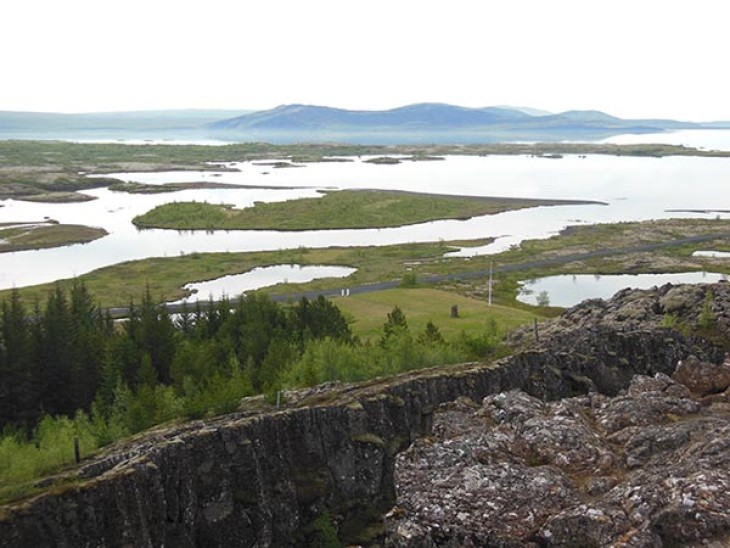
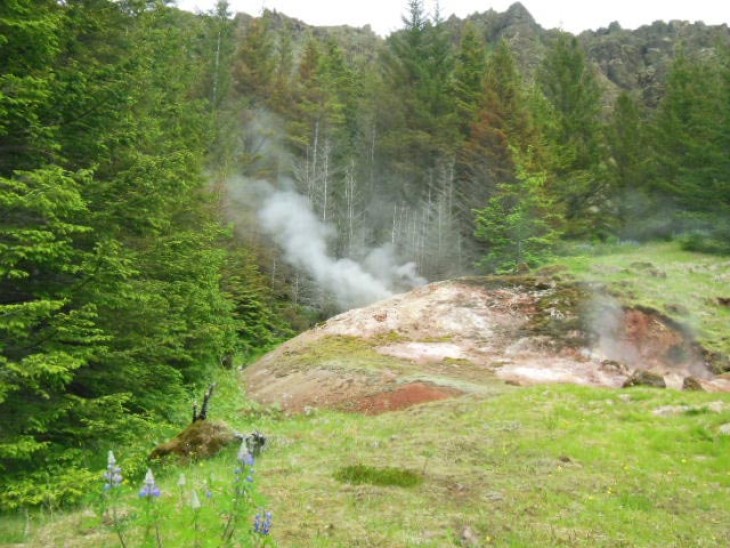
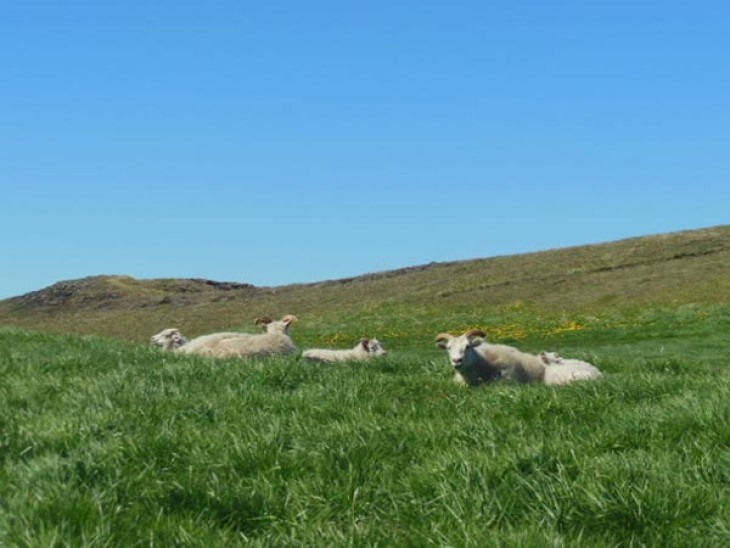
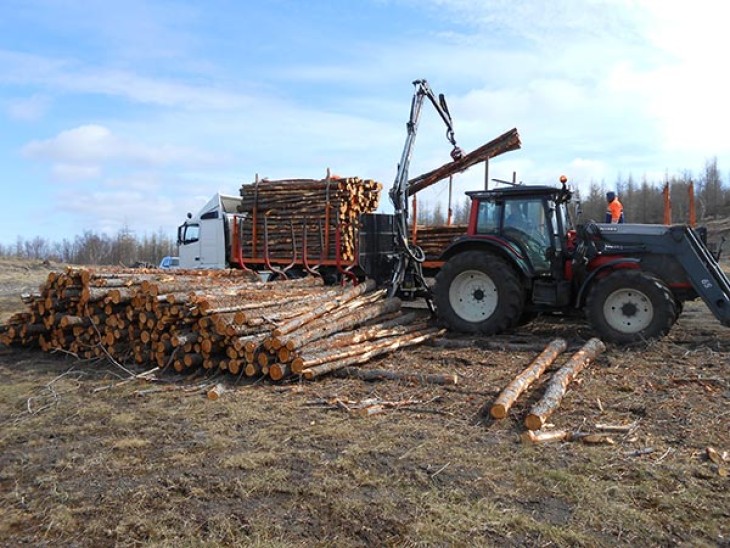
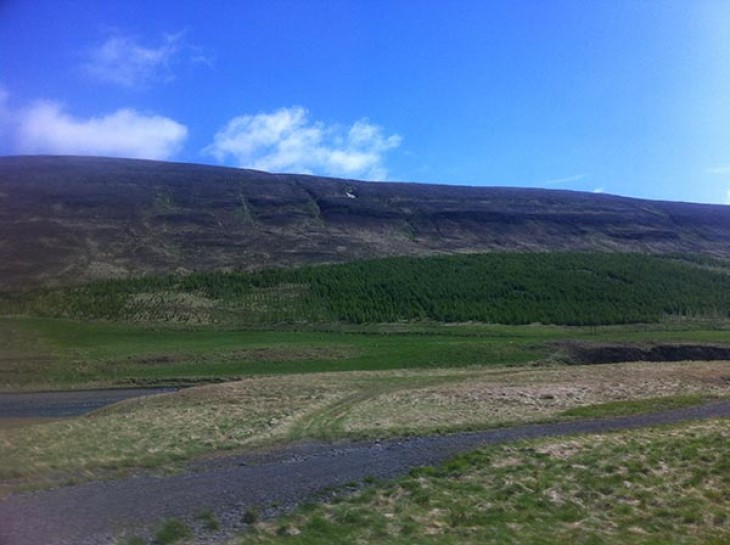
Discussion *